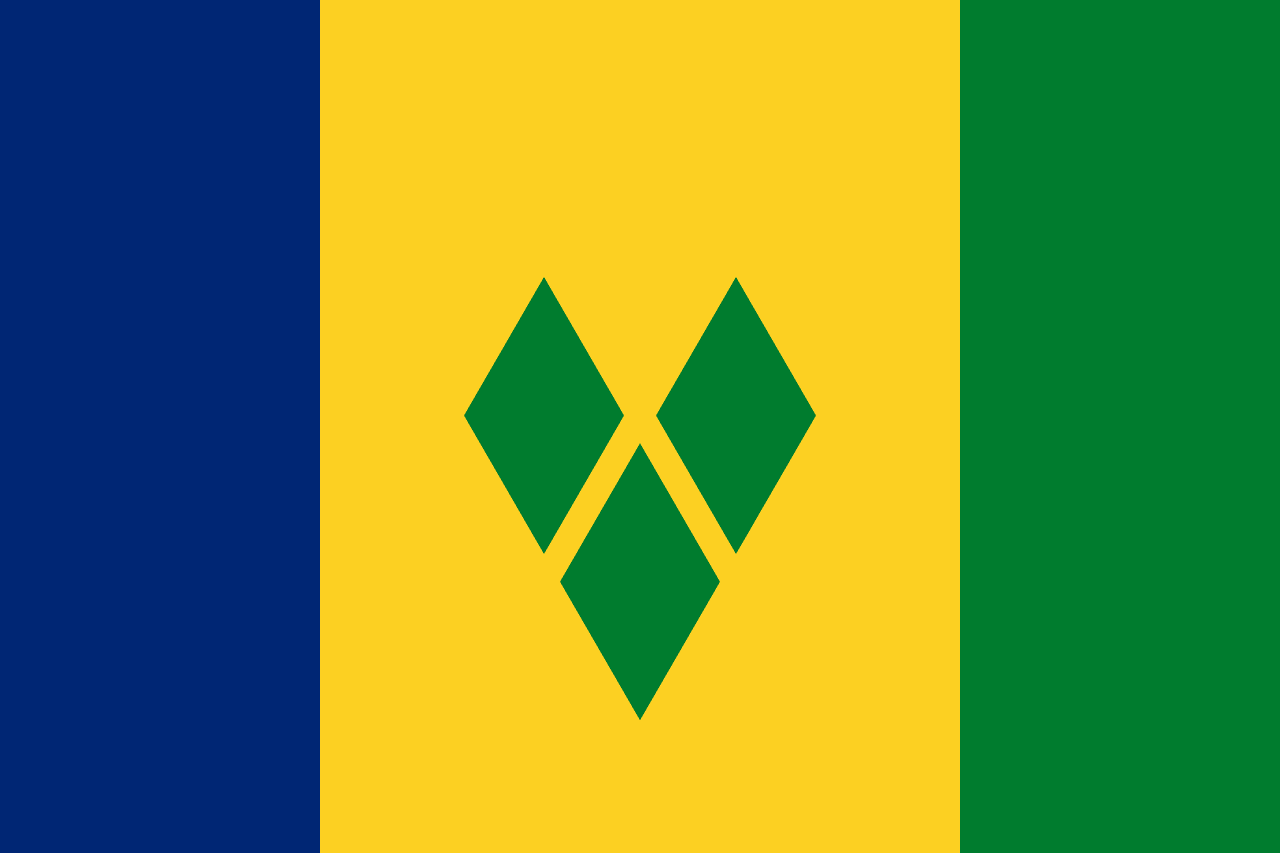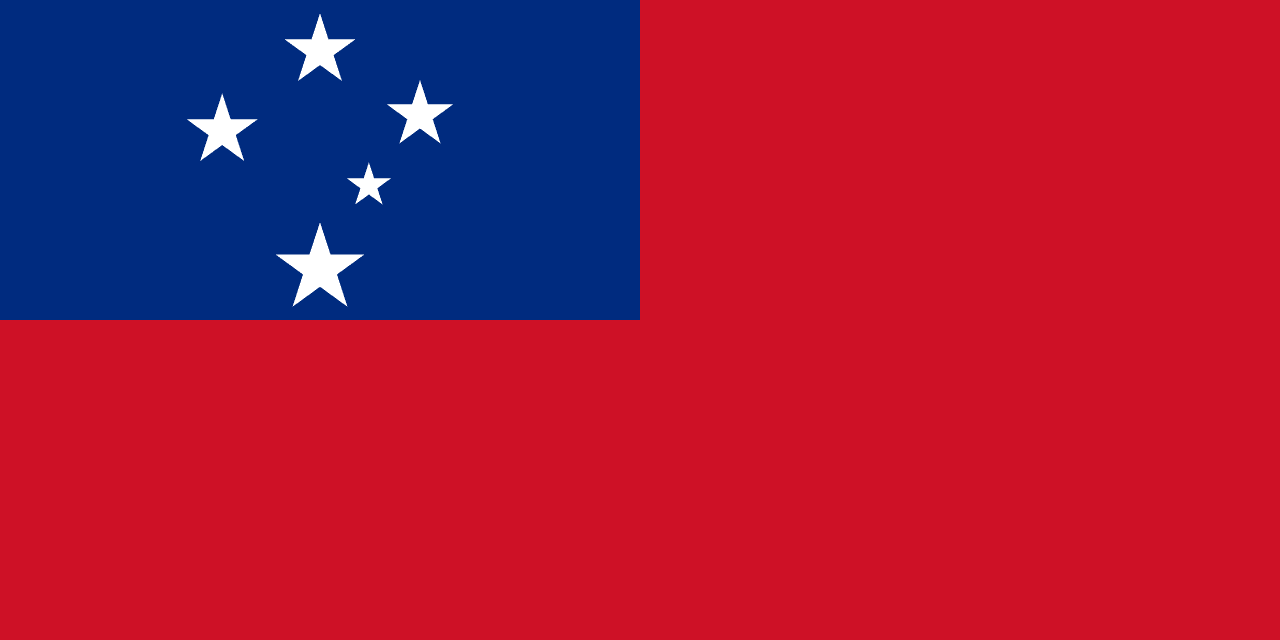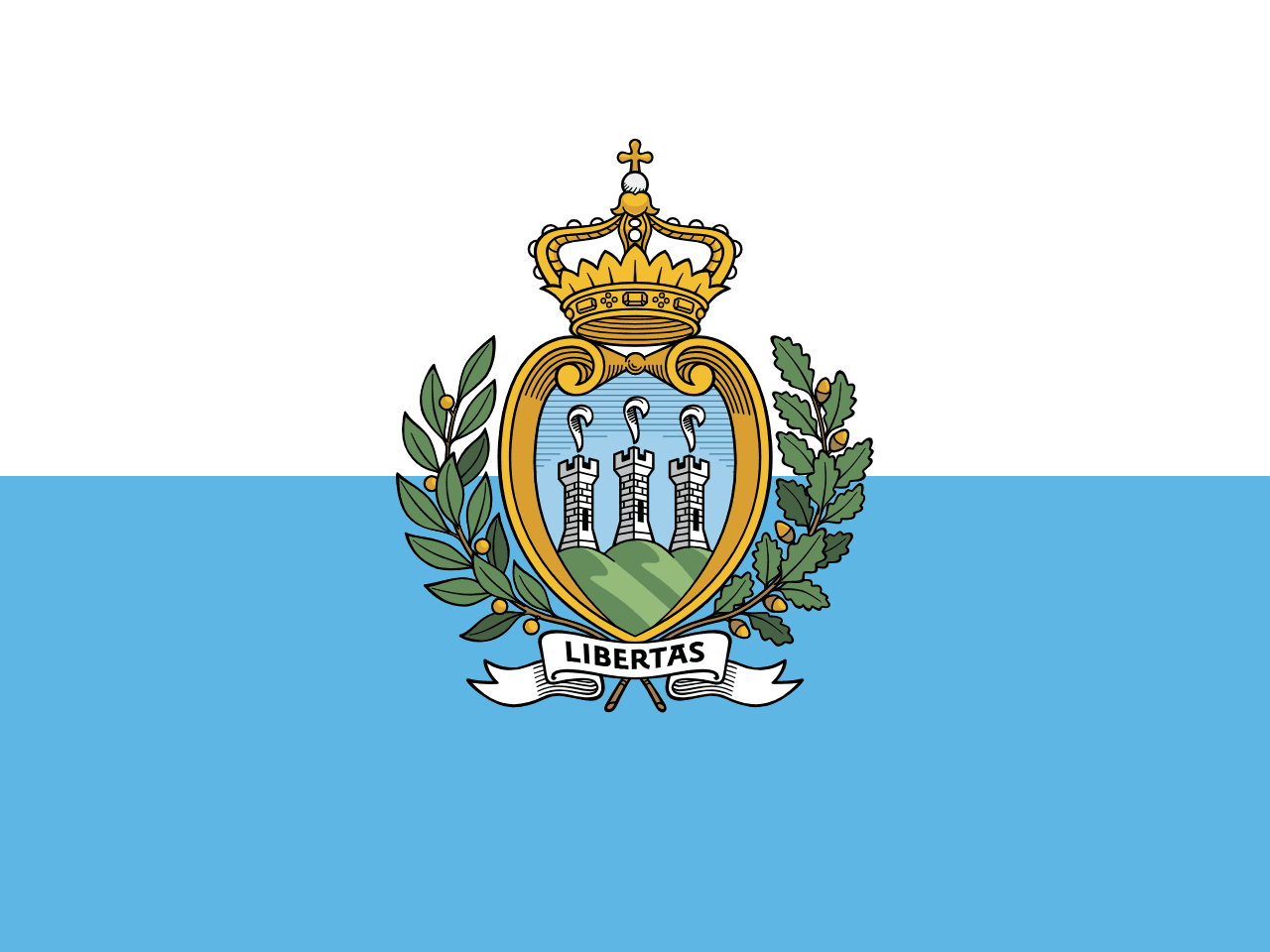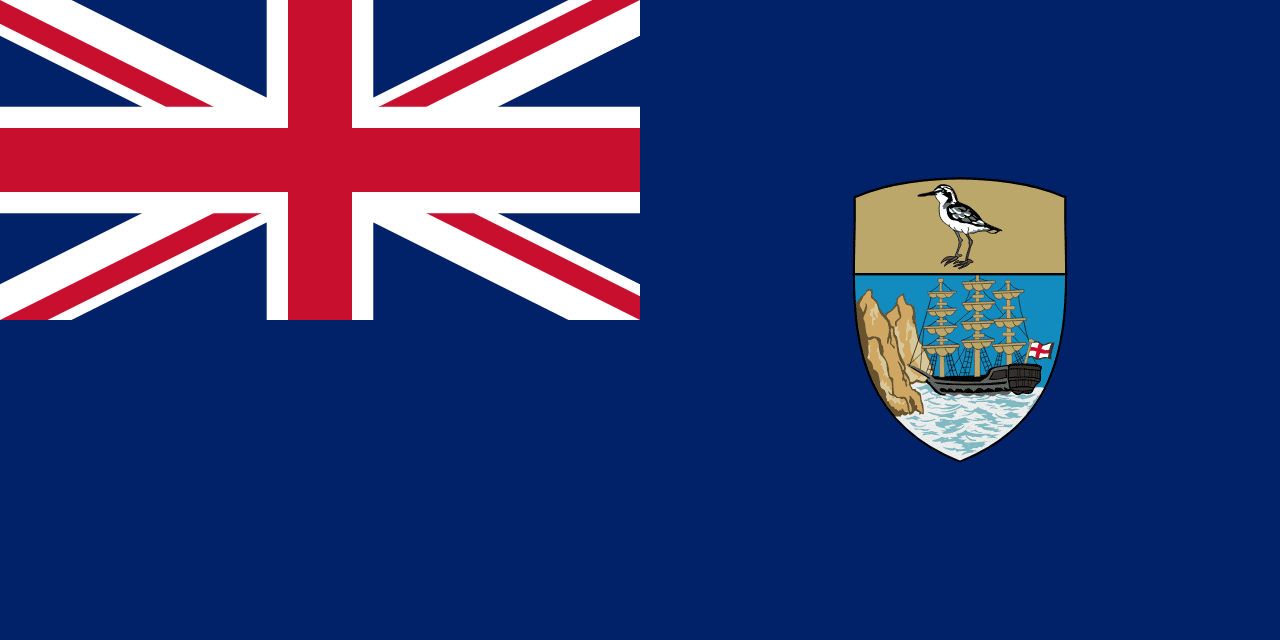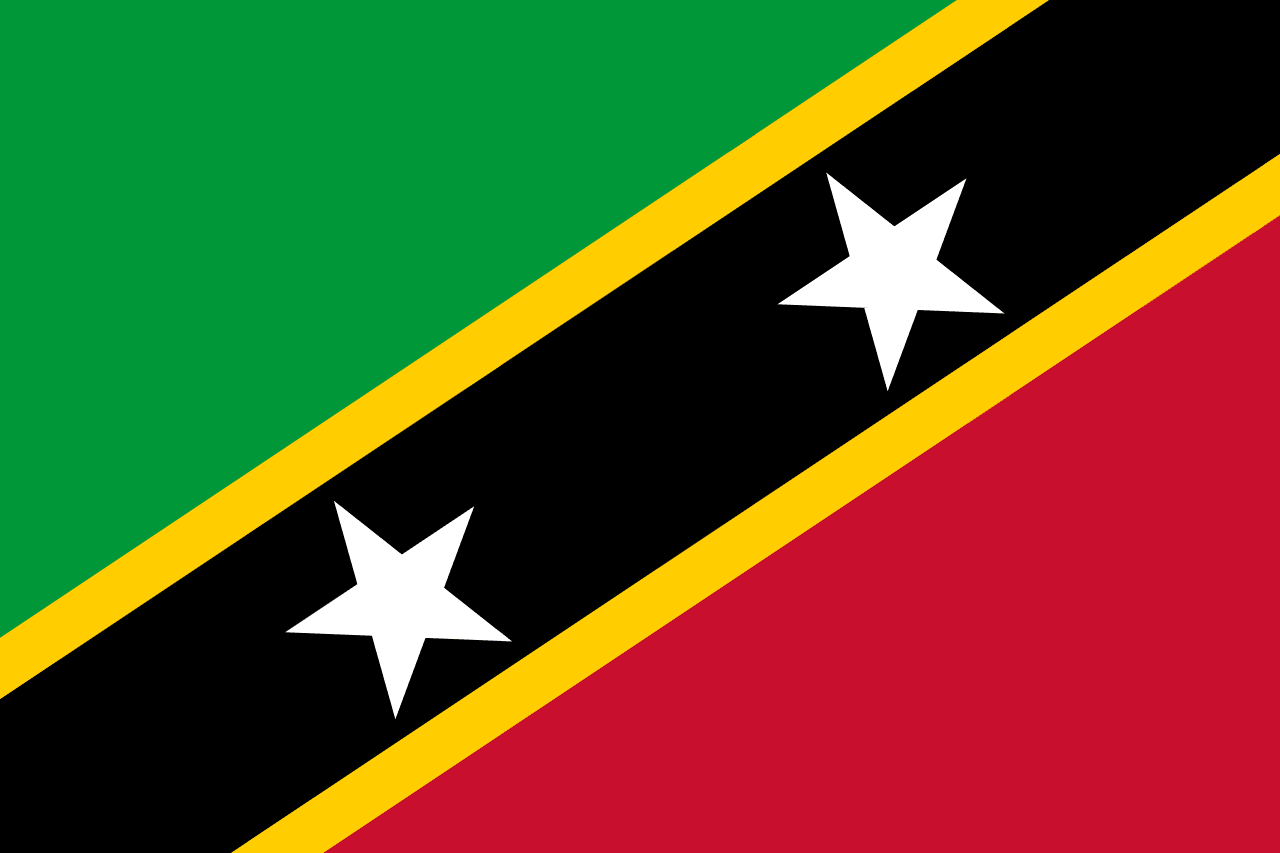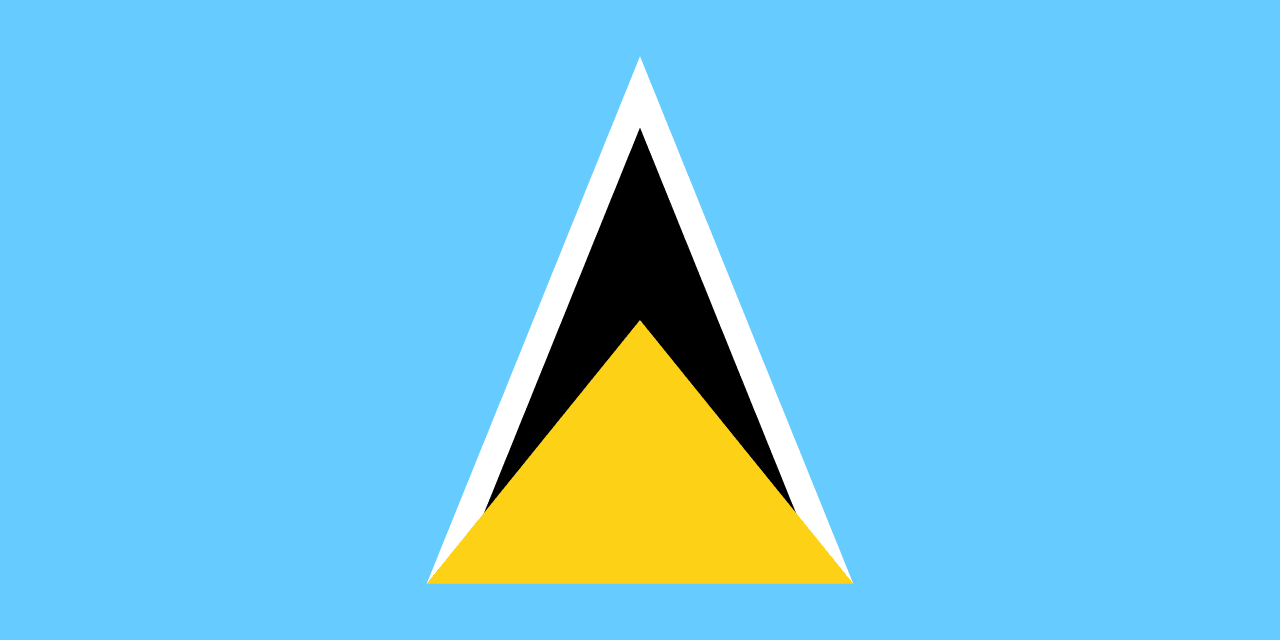The flag of Saint Pierre and Miquelon features a blue field with a yellow sailing ship. On the hoist side, there are three vertical stripes: green with a red cross, white with an ermine pattern, and red with two gold lions. This unique design encapsulates the rich history and cultural heritage of these French islands in North America.
Saint Pierre and Miquelon information
| National Flag Day | — |
| Sovereign state | — |
| Official name | Collectivité Territoriale de Saint-Pierre-et-Miquelon |
| Capital | Saint-Pierre |
| Population | 6,300 |
| Area | 242 km² |
| Currency | Euro (EUR) |
| Language | French |
| Continent | North America |
| Region | North America |
| Subregion | — |
| Borders | Canada |
| Timezone | Pierre and Miquelon Standard Time (PMST) UTC-3 |
| Calling code | +508 |
| Top-level domain | .pm |
History of the Saint Pierre and Miquelon flag
 The flag was officially adopted in 1982, marking a significant milestone in the islands' history. Its design incorporates elements that represent the archipelago's diverse heritage and historical ties. The sailing ship symbolizes the arrival of European settlers and the islands' maritime traditions, while the three stripes pay homage to the Basque, Breton, and Norman ancestries of the inhabitants.
The flag was officially adopted in 1982, marking a significant milestone in the islands' history. Its design incorporates elements that represent the archipelago's diverse heritage and historical ties. The sailing ship symbolizes the arrival of European settlers and the islands' maritime traditions, while the three stripes pay homage to the Basque, Breton, and Norman ancestries of the inhabitants.
Symbolism and design of the Saint Pierre and Miquelon flag
The flag's design is rich in symbolism, reflecting Saint Pierre and Miquelon's unique identity. The blue field represents the surrounding Atlantic Ocean, emphasizing the islands' maritime history and economic dependence on the sea. The yellow sailing ship not only symbolizes the islands' seafaring traditions but also pays tribute to the fishing industry that has been crucial to the local economy for centuries.
The three vertical stripes on the hoist side are particularly significant:
- The green stripe with a red cross represents the Basque heritage.
- The white stripe with an ermine pattern symbolizes the Breton ancestry.
- The red stripe with two gold lions pays homage to the Norman roots.
Usage and significance of the Saint Pierre and Miquelon flag
 As a powerful symbol of the islands' self-governing status within the French Republic, the flag of Saint Pierre and Miquelon is prominently displayed on official buildings, during national holidays, and at cultural events. It serves as a visual representation of the archipelago's unique position as a French overseas collectivity in North America, celebrating its rich cultural tapestry and historical connections to both France and Canada.
As a powerful symbol of the islands' self-governing status within the French Republic, the flag of Saint Pierre and Miquelon is prominently displayed on official buildings, during national holidays, and at cultural events. It serves as a visual representation of the archipelago's unique position as a French overseas collectivity in North America, celebrating its rich cultural tapestry and historical connections to both France and Canada.
Interesting facts about Saint Pierre and Miquelon
- Saint Pierre and Miquelon is the last remnant of France's once vast North American empire, located just 25 kilometers off the coast of Newfoundland, Canada.
- The archipelago was a strategic point during the Prohibition era in the United States, serving as a hub for alcohol smuggling operations.
- Despite its proximity to Canada, the official currency is the Euro, and the islands maintain strong cultural and administrative ties to France.
- The flag's design process involved input from local residents, ensuring that it truly represents the islands' unique identity and heritage.
- The sailing ship on the flag is reminiscent of the vessels used by early European explorers and settlers, connecting the present to the archipelago's rich maritime history.
